Introduction
Quail eggs, though diminutive in size, pack a punch of flavor and nutrition that elevates any dish they grace. When transformed into a warm, comforting soup, these tiny gems offer a delicate texture and a rich, earthy taste that sets them apart from their chicken egg counterparts. Quail egg soup, a dish celebrated in various global cuisines, is both visually appealing and deeply satisfying. This article delves into the intricacies of crafting the perfect quail egg soup, from selecting the freshest eggs to balancing flavors and textures. Whether you’re a novice cook or a seasoned chef, this guide will equip you with the knowledge to create a bowl of soup that is as nourishing as it is delicious.
The Allure of Quail Eggs
Quail eggs are prized for their unique characteristics. Smaller than chicken eggs, they boast a thinner shell, a creamy yolk, and a slightly gamey flavor that adds depth to soups, stews, and salads. Nutritionally, they are powerhouses, rich in protein, vitamins B1, B2, and B12, and minerals like iron and phosphorus. Their lower cholesterol content compared to chicken eggs makes them a healthier alternative for those mindful of their dietary intake.
Selecting and Preparing Quail Eggs for Soup
The foundation of exceptional quail egg soup begins with selecting eggs of the highest quality. Fresh quail eggs should have unbroken shells with a smooth, glossy finish. Avoid eggs with cracks or discoloration, as these may indicate spoilage. To store quail eggs, keep them refrigerated in their original carton, which protects them from absorbing odors and prevents moisture loss.
Before cooking, gently rinse the eggs under cool water to remove any debris. Some recipes call for boiling the eggs whole, while others involve cracking them directly into the soup. For boiling, place the eggs in a saucepan of cold water, bring to a gentle simmer, and cook for 2–3 minutes for a soft yolk or 4–5 minutes for a firm yolk. Immediately transfer them to an ice bath to halt cooking, then peel carefully—a task made easier by tapping the shell gently and rolling the egg on a hard surface.
Crafting the Perfect Broth
The soul of any soup lies in its broth. For quail egg soup, a clear, flavorful broth is essential. Chicken broth is a classic choice, offering a mild, savory base that complements the eggs’ richness. Vegetable broth, made from roasted carrots, onions, and celery, provides a lighter, vegetarian-friendly alternative. For an umami-rich twist, consider a mushroom or bone broth, simmered for hours to extract deep, complex flavors.
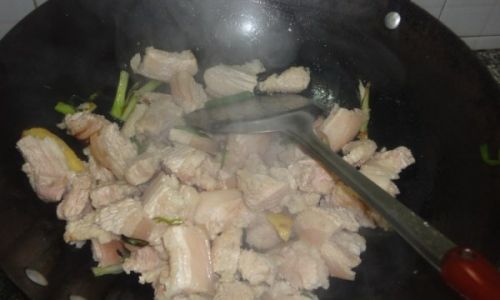
To enhance the broth’s depth, incorporate aromatic ingredients. A knob of ginger, sliced garlic, or a splash of rice wine vinegar can add brightness, while star anise or a cinnamon stick imparts subtle warmth. Simmer the broth gently, allowing the flavors to meld without becoming cloudy. Strain the broth before adding the eggs to ensure a pristine appearance.
Building Flavor with Vegetables and Herbs
Quail egg soup thrives on a harmonious blend of textures and tastes. Begin by sautéing aromatic vegetables like onions, leeks, or shallots in a touch of olive oil or sesame oil until translucent. Add diced carrots, celery, or bell peppers for sweetness and crunch. For an Asian-inspired twist, incorporate shiitake mushrooms, bamboo shoots, or water chestnuts.
Leafy greens such as spinach, kale, or bok choy add vibrant color and nutrients. Wilt them into the soup during the final minutes of cooking to retain their vibrancy. Fresh herbs like cilantro, chives, or Thai basil lend a fragrant finish, while a sprinkle of red pepper flakes or a dash of Sriracha introduces a gentle heat.
Cooking Techniques for Perfect Quail Eggs in Soup
The method of incorporating quail eggs into soup varies depending on the desired texture. For a velvety, unified broth, whisk the eggs gently into the simmering liquid, creating delicate ribbons. This technique, known as egg drop, requires a steady hand and a watchful eye to prevent overcooking.
Alternatively, adding whole or halved boiled quail eggs to the soup just before serving preserves their creamy yolks and tender whites. To achieve poached eggs, create swirls in the simmering broth and gently slip the eggs into the center, cooking for 2–3 minutes until the whites set.
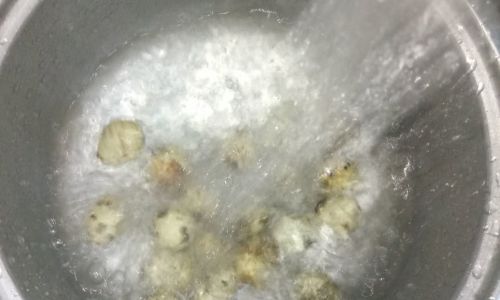
Regional Variations of Quail Egg Soup
Quail egg soup transcends borders, with each culture offering its unique interpretation.
- Japanese Quail Egg Soup (Kamo-Kimchi Jjigae): A spicy, fermented kimchi-based stew featuring quail eggs, pork belly, and tofu, simmered until bubbling and aromatic.
- French Quail Egg Soup (Potage aux Oeufs de Caille): A creamy, velvety soup enriched with crème fraîche and garnished with chives.
- Vietnamese Quail Egg Soup (Canh Trung Cut): A light, herbal broth with quail eggs, tomatoes, and cilantro, often served with rice noodles.
- Mexican Quail Egg Soup (Sopa de Huevos de Codorniz): A tomato-based broth spiced with cumin and chili, topped with avocado and lime.
Nutritional Benefits and Dietary Considerations
Quail egg soup is a boon for health-conscious individuals. Each egg contains just 14 calories, 1 gram of protein, and negligible fat, making it ideal for weight management. The high concentration of vitamins and minerals supports immune function, bone health, and energy metabolism.
For those with allergies, quail eggs are generally safe for individuals allergic to chicken eggs, though cross-reactivity is rare. Pregnant women should ensure the eggs are fully cooked to avoid foodborne illness.
Serving and Presentation Tips
Elevate your quail egg soup with thoughtful presentation. Ladle the soup into shallow bowls to showcase the eggs and garnishes. A drizzle of chili oil, a sprinkle of toasted sesame seeds, or a microgreen garnish adds texture and visual appeal. Serve with crusty bread, steamed rice, or dumplings for a heartier meal.
Common Mistakes to Avoid
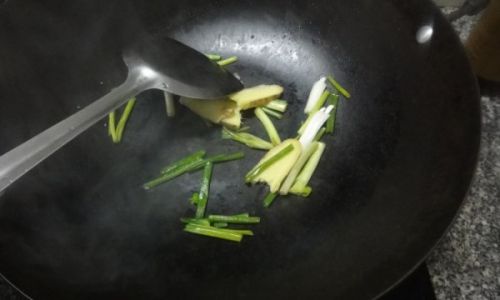
- Overcooking the Eggs: Quail eggs cook rapidly; monitor them closely to avoid rubbery whites or chalky yolks.
- Overly Salty Broth: Taste and adjust seasoning gradually, as quail eggs absorb salt intensely.
- Skipping Aromatics: Forgoing garlic, ginger, or herbs results in a flat, one-dimensional flavor.
- Overcrowding the Pot: Cook eggs in batches to prevent temperature fluctuations and ensure even cooking.
Troubleshooting Guide
- Cloudy Broth: Simmer gently; rapid boiling causes proteins to coagulate, clouding the liquid.
- Tough Eggs: Reduce cooking time by 1–2 minutes or use a lower heat setting.
- Bland Soup: Enhance with a splash of soy sauce, fish sauce, or a squeeze of lime juice.
Conclusion
Quail egg soup is a testament to the magic of simplicity—a dish where humble ingredients converge into something extraordinary. By mastering the nuances of broth-making, egg preparation, and flavor balancing, you can create a soup that delights the senses and nourishes the body. Whether enjoyed as a starter, a light meal, or a restorative remedy, quail egg soup invites you to savor life’s smaller, more exquisite pleasures. So, gather your ingredients, embrace the process, and let the humble quail egg transform your kitchen into a realm of culinary wonder.
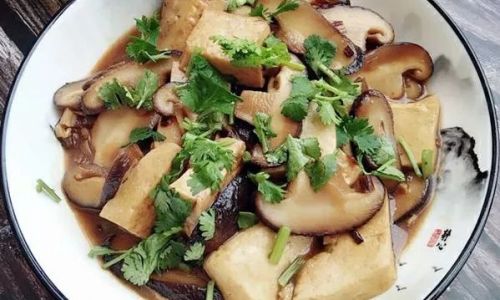
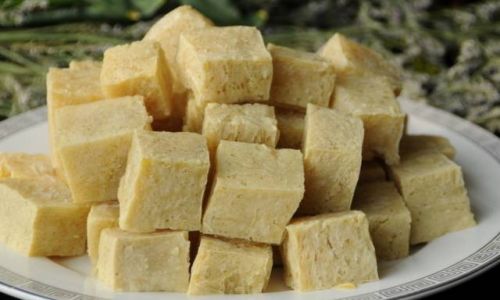
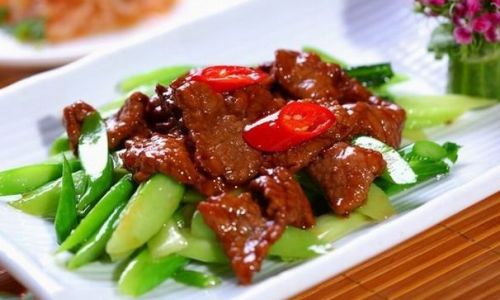
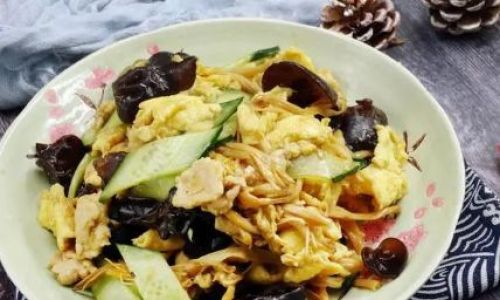
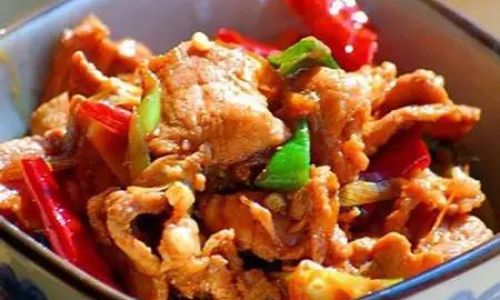
0 comments